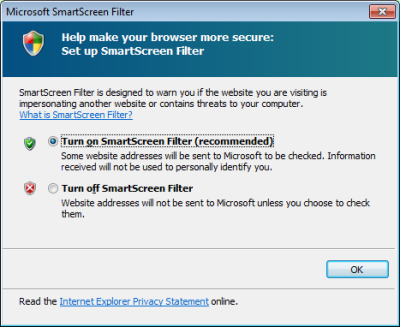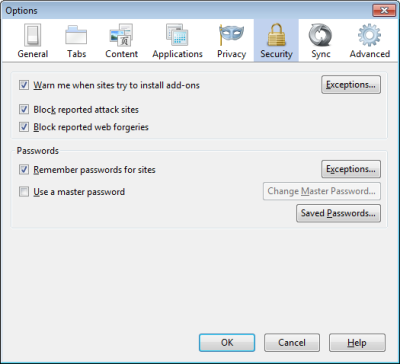You receive an email from your bank informing you that there has been suspicious activity in your account and that you need to verify your account. In the email is a link to click that will take you to your bank's website. When you click the link, you are taken to a webpage on your bank's website displaying a form where you are requested to enter your password and account information. Fearing suspicious activity on your account, you comply and enter your password and account information.
Unfortunately, the email was a fake. The webpage that the link in the email took you to was a very convincing looking fake. Your password and account information on the form you filled out and submitted didn't go to your bank, it went to Internet criminals. Your bank account was cleaned out and your identity was stolen. You are now facing months of misery closing all your accounts and getting new credit cards. You have been subjected to a phishing scam.
Internet criminals rake in millions of dollars annually from phishing scams. First of all, no respectable bank or other organization would send you and email with a link to login to your account. They might send you an email informing you that you should go to their website and login to your account. You type in the bank or organization's web address in by hand.
When you arrive at the bank or organization's, you check the address bar in your browser to make sure you are indeed at the proper website. There are computer viruses that will redirect certain web addresses to their own convincing looking fake website to steal your identity. Unfortunately, the Internet today is like the wild west, hundreds of bandits lurking out there ready to rip you off. But if you have your web browser configured properly, you can protect yourself from Internet phishing scam criminals.
Both the Internet Explorer and Firefox web browsers have phishing filters that warn you when your at a suspicious site, and these filters are turned on by default. But just to make sure, here's how you check your browser's phishing filter:
Internet Explorer 8
Internet Explorer 8's phishing filter is called SmartScreen. To turn on the SmartScreen Filter:
1. Open Internet Explorer 8.
2. in the Command Bar's Safety menu select SmartScreen Filter, then select Turn On SmartScreen Filter....
If the Command Bar is not visible, right-click on the main menu and in the popup menu that appears, set a checkmark next to Command Bar.

3. In the Microsoft SmartScreen Filter dialog box that appears, set the radio button next to (x) Turn on SmartScreen Filter. Then click on the [OK] button.
Note, if in the Safety |SmartScreen Filter menu you select Check This Website, the address in Internet Explorer's address bar will be sent to Microsoft and checked against their latest list of unsafe websites.
If, in the Safety |SmartScreen Filter menu you select Report Unsafe Website, a window will appear with a form allowing you to report the website that you are currently viewing in Internet Explorer.
Note, In Internet Explorer 7, SmartScreen is called Phishing Filter and it's available in the Tools menu.
Firefox 5

In Firefox the phishing filter is in the Tools | Options... menu. In the banner at the top of the Options dialog box, click on the Security icon. On the Security page, set the [x] Block reported attack sites and [x] Block reported web forgeries check boxes.
If the website you are visiting is on the suspicious site list, the browser's address box will turn yellow and a popup warning box will appear.
Note, don't use this method to falsely report your competitor's website because they save your IP address and your PC's identification along with your report and, when your competitor's traffic disappears, you would be subject to one hell of a law suit.
Now that you have verified that your web browser's phishing filter is engaged, you are free to have a false feeling of security. Why do I say "false". Because Internet criminals are designing clever new scams every day and the only thing that will truly protect you is your own alertness and vigilance.
More Windows Administration Information:
• The Windows Bootup Process
• Computer Architecture, Main Memory, and the CISSP Exam
• Has Malware Turned Off Your PC's User Account Control?
• Botnets - What Are They?
• A Guide to Understanding Security and Safe Windows Vista Computing
• Set Windows 10 Controlled Folder Access to Protect Against Ransomware
• Firefox Security Options
• The Ransomware Epidemic and What You Can Do
• Top Features to Look for in Antivirus Software
• Trusted Platform Module (TPM)

